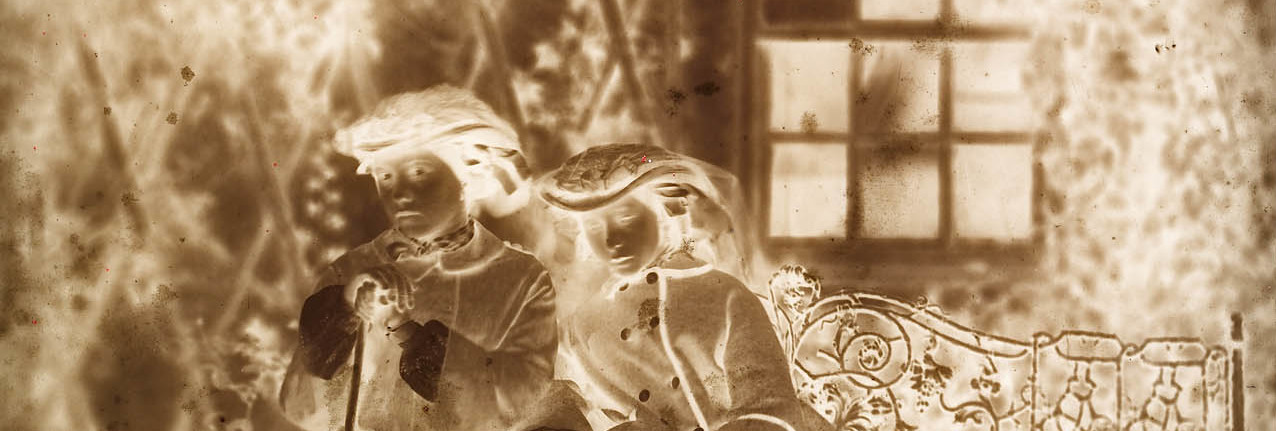
Learn more about the photographic techniques available in the mid-19th century
Stereographs
Stereoscopy, as an idea, was first developed by Sir Charles Wheatstone (1802–75) in 1832. With the invention of photography in 1839, Wheatstone began to apply photographic images to his notion of stereoscopy, leading to the development of the stereograph.
A stereograph, or stereoscopic photograph, consists of two photographs mounted side by side. The two photographs are taken slightly apart, roughly the distance between a human’s eyes. For this reason, when the works are viewed together through a special, purpose-made stereoscopic viewer, the brain combines the two images, creating a sense of depth and three-dimensionality.
Initially, daguerreotype stereoscopes were created. These were made and bought at significant expense. With the invention of albumen prints, stereographs could be created cheaply and on mass. The albumen prints were commonly adhered to thick card, reasoning the commonly used term ‘stereocards’.







